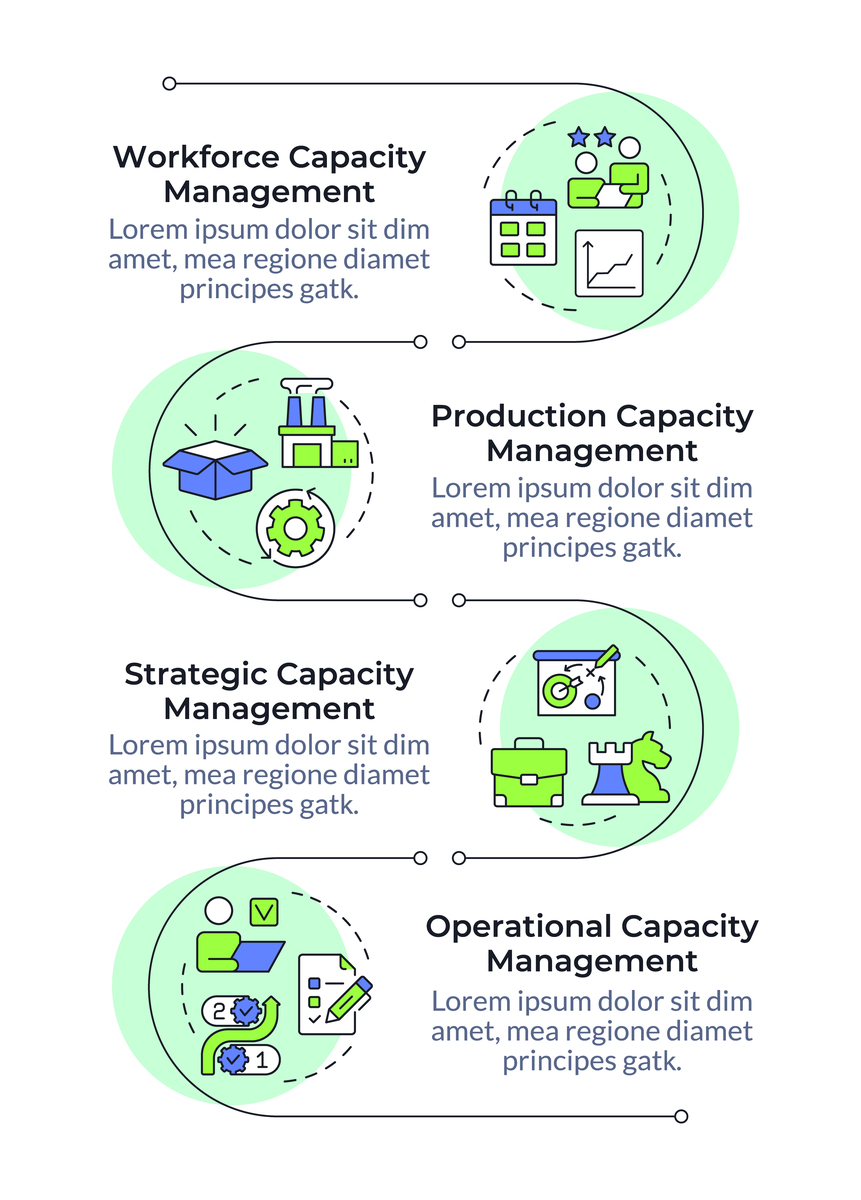ResNet Architecture: A Deep Learning Model for Image Classification
The error message "Calculated padded input size per channel: (1 x 1). Kernel size: (3 x 3). Kernel size can't be greater than actual input size" suggests that the kernel size of the convolutional layer is larger than the size of the input. This can happen when the input image size is too small for the given configuration of the network. \n\nTo resolve this issue, you can either increase the size of the input image or reduce the kernel size of the convolutional layer. \n\n## Understanding the ResNet Architecture \n\nThe ResNet architecture is known for its ability to handle very deep networks, which is particularly important for image classification tasks. This is achieved through the use of skip connections that allow information to flow directly from earlier layers to later layers, mitigating the vanishing gradient problem. \n\nThe ResNet architecture consists of the following key components: \n\n* Convolutional layers: These layers extract features from the input image. \n\n* Batch normalization: This technique helps stabilize the training process by normalizing the activations of each layer. \n\n* ReLU activation: This activation function introduces non-linearity into the network. \n\n* Residual blocks: These blocks are the core building blocks of the ResNet architecture. They consist of two convolutional layers with a skip connection that adds the input to the output of the block. \n\n* Max pooling layers: These layers downsample the feature maps, reducing the spatial dimensions of the input. \n\n* Fully connected layers: These layers are responsible for classifying the features extracted from the convolutional layers. \n\n## Implementation Details \n\nThe provided code snippet demonstrates the implementation of a ResNet model. It defines the following methods: \n\n* __init__(self, block, n_blocks, drop_rate=0.0, dropblock_size=5, max_pool=True): Initializes the ResNet model with its parameters. \n\n* _make_layer(self, block, n_block, planes, stride=1, drop_rate=0.0, drop_block=False, block_size=1,max_pool=True): Builds a layer of residual blocks. \n\n* forward(self, x, is_feat=False): Defines the forward pass of the network. \n\n## Error Resolution \n\nTo resolve the "Kernel size can't be greater than actual input size" error, you can consider the following solutions: \n\n* Increase input image size: Ensure that the input images are large enough to accommodate the kernel size. \n\n* Reduce kernel size: Experiment with smaller kernel sizes to fit within the input image dimensions. \n\n* Resize the input images: If you cannot change the input image size or kernel size, you can resize the images before feeding them into the network. \n\n## Conclusion \n\nThe ResNet architecture is a powerful and efficient deep learning model for image classification. By understanding its key components and common error scenarios, you can effectively train and deploy ResNet models for various applications.

原文地址: https://www.cveoy.top/t/topic/pTnm 著作权归作者所有。请勿转载和采集!